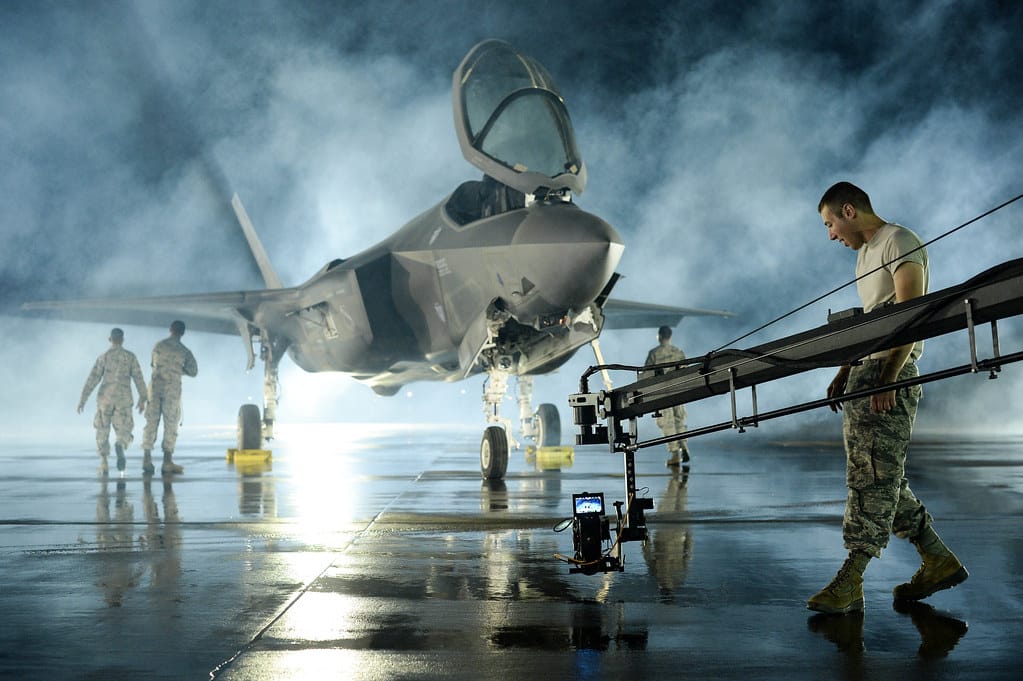Sky-High Fire Hazard: How Lithium Battery Blazes Are Putting Air Travel at Risk
The acrid smell of smoke fills the cabin as passengers frantically point toward a carry-on bag glowing orange in the overhead compartment. Within seconds, toxic gases begin to seep through the aircraft as flight attendants rush to contain what has become aviation's fastest-growing safety nightmare: lithium battery fires at 35,000 feet.
This scenario isn't fiction—it's happening with alarming frequency in skies around the world, forcing aviation authorities to confront a dangerous reality that our pocket-sized devices could become airborne infernos.
The Growing Threat Above the Clouds
Lithium-ion batteries power nearly every electronic device we carry, from smartphones and laptops to e-cigarettes and power banks. While these batteries have revolutionized portable technology, they harbor a potentially catastrophic flaw known as thermal runaway—a chain reaction that can cause batteries to overheat, catch fire, and release toxic gases including hydrogen fluoride and carbon monoxide.
The Federal Aviation Administration (FAA) has documented over 450 incidents involving lithium batteries on aircraft since 2006, with the frequency of these events accelerating dramatically in recent years. In 2023 alone, airlines reported more than 60 battery-related incidents, ranging from smoking devices to full-scale fires requiring emergency landings.
When Electronics Turn Explosive
The confined environment of an aircraft cabin transforms even minor battery malfunctions into major hazards. Unlike ground-based fires, pilots cannot simply evacuate passengers or call the fire department when a lithium battery ignites mid-flight.
Captain Sarah Martinez, a veteran pilot with over 15 years of experience, witnessed one such incident firsthand. "A passenger's laptop started smoking during our descent into Denver," she recalls. "Within minutes, we had flames shooting from the overhead bin and passengers complaining of breathing difficulties. We declared an emergency and made an immediate landing, but those were some of the most terrifying minutes of my career."
The danger extends beyond the immediate fire. When lithium batteries enter thermal runaway, they release a cocktail of toxic gases that can quickly overwhelm aircraft ventilation systems, potentially incapacitating crew members and passengers alike.
The Cargo Hold Crisis
While passenger devices pose significant risks, the real danger may be lurking below in cargo holds, where thousands of electronic devices travel unmonitored in checked luggage. Unlike cabin incidents where crew can respond immediately, cargo fires can go undetected until they've spread extensively.
In 2010, UPS Flight 6 crashed in Dubai after a cargo fire, likely caused by lithium batteries, overwhelmed the aircraft's fire suppression systems. The tragedy highlighted the inadequacy of current cargo fire protection against lithium battery blazes, which burn hotter and longer than traditional fires.
Recent testing by the FAA revealed that cargo compartment halon fire suppression systems—designed for conventional fires—prove largely ineffective against lithium battery fires, which can reignite even after appearing extinguished.
Aviation's Response to the Crisis
Airlines and aviation authorities are scrambling to address this growing threat through multiple approaches:
Enhanced Training: Flight attendants now receive specialized training in identifying and containing lithium battery fires, including the use of water and specialized fire bags designed to contain burning devices.
Stricter Regulations: The International Civil Aviation Organization (ICAO) has implemented new rules limiting the transport of lithium batteries as cargo and requiring better packaging standards.
Technology Solutions: Aircraft manufacturers are developing advanced fire detection systems and improved cargo compartment fire suppression specifically designed to combat lithium battery fires.
Several airlines have begun installing temperature and smoke detection systems in overhead bins, while others are experimenting with fire-resistant containers for passenger devices during flight.
Protecting Yourself and Fellow Passengers
Passengers can take several steps to minimize battery fire risks:
- Keep devices with you rather than checking them in luggage
- Ensure all devices are powered off (not just in sleep mode) during flight
- Avoid charging devices during takeoff and landing
- Never pack damaged or recalled devices
- Report any device that feels unusually hot or emits strange odors immediately
The Sky-High Stakes
As our dependence on portable electronics grows, so does the challenge of keeping air travel safe. While the absolute risk of battery fires remains relatively low, the potential consequences—ranging from emergency landings to catastrophic aircraft loss—demand continued vigilance and innovation.
The aviation industry's response to lithium battery fires will likely shape the future of both air travel safety and portable device design. Until technology catches up with the threat, passengers and crew must remain the first line of defense against this modern aviation hazard, proving that in the digital age, safety truly is everyone's responsibility.
